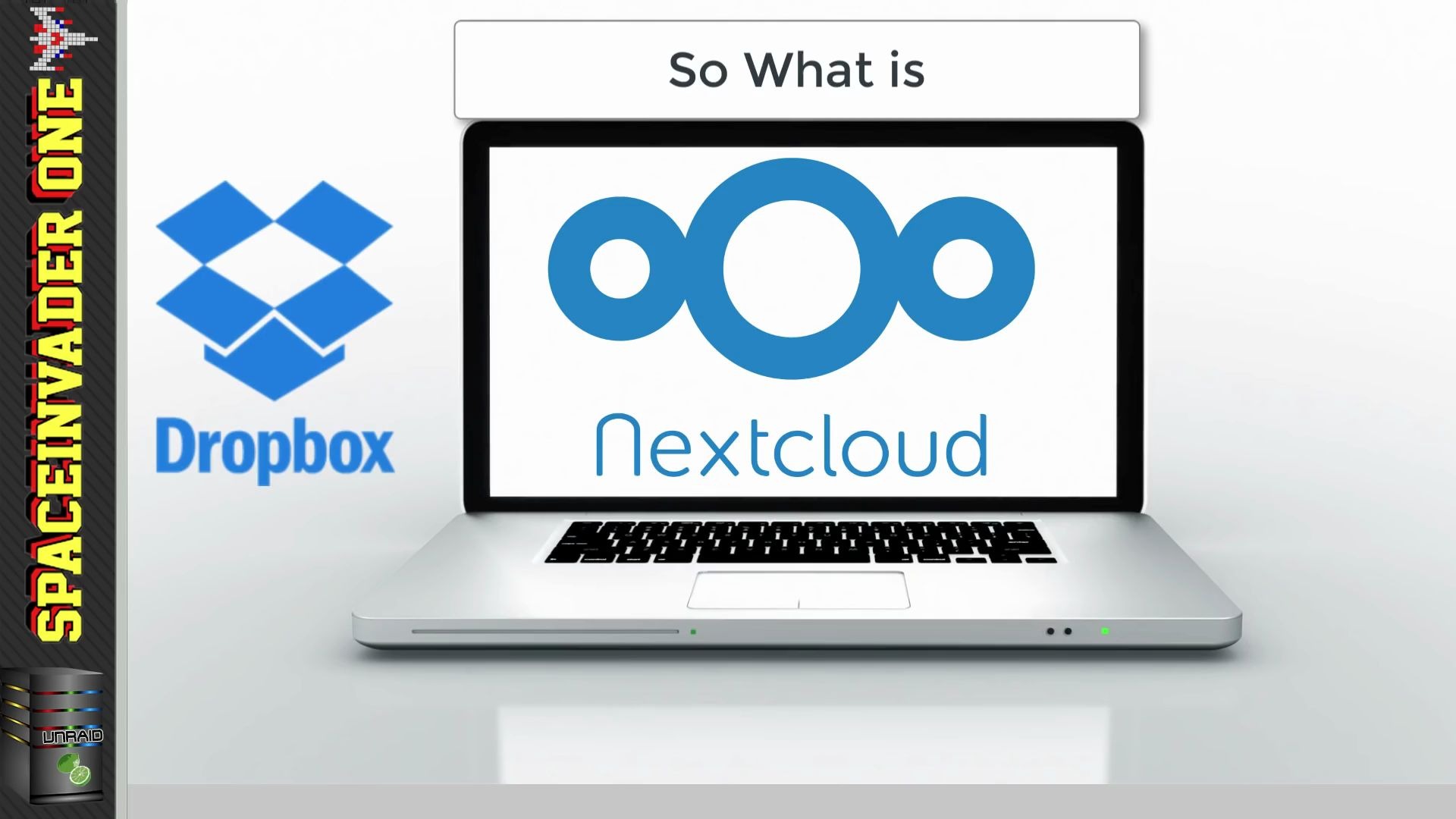

Then about using the syncthing protocol in our client instead of webDAV. That is a medium size customer of ours - bigger ones have 100.000 users, say 150.000 devices. The scalability answer isn't very convincing - sure, syncthing works with 2000 devices. Those things sound like a lot of work, but on the other hand, if you thought the features were worth it, it could save a lot of work in creating a robust version of the same thing yourselves. I don't really see how it can be used for multiple user clouds when running as The other problem with Syncthing is that they chose to implement it in the Go programming language. The main problem with Syncthing is that it is not multi-user (each user on a system must run their own instance of Syncthing to sync their own files), so I'm not sure how Syncthing would work for Nextcloud servers with multiple users. I've used it since Syncthing version 10 and it has been extremely reliable the whole time. Syncthing is being used to sync crazy amounts of data already (see the stats link from schnappijedi above), and has been doing so for years. This reduces network traffic and increases speed in comparison to webdav. Syncthing syncs file deltas, not whole files. You can also set up your own discovery server, the source for this is also available. All this does is put the instances in contact with each other (no data goes through the discover server). Syncthing also has a discovery server to help syncthing instances connect to each other when not on the same LAN. If they are not on the same LAN they sync over the internet. If the instances are on the same LAN, they notice this and sync directly over LAN.


Connections are made directly between synthing instances, there is no central server. The syncthing protocol is decentralised, it does LANSync by default. I'm not sure these were actually answered, but just to spell it out. Syncthing is the closet thing to cross platform real time rsync.Īgain though Syncthing can be fairly easily integrated into Nextcloud as it is. Both protocols will max out bandwidth eventually during a sync but Syncthing will start utilizing max bandwidth faster than webdav. Better put webdav is not a fast protocol (notwithstanding anything to do with how fast the Syncthing sync protocl is). The Syncthing sync protocol is faster than webdav. Syncthing also for example can sync huge changed files without needing to reupload the entire file (delta sync). Syncthing works reliably when resuming extremely large file uploads or downloads. Obviously causing issues for laptops and other machines not on 24/7 and making webdav unusable for large files.
#SYNCTHING VS NEXTCLOUD DOWNLOAD#
Even assuming a server is configured correctly for very large files a webdav upload or download will restart when a client goes offline. The sync protocol in Syncthing is far superior to webdav. The top end of devices reporting show over 100,000 GB being shared in 4k folders over 2,000 devices. The statistics here show opt-in usage data. Theoretically the config setting below can also be used (0 is default) instead of using external local folders but have not tried or tested this:Įxternal local folders integrating Syncthing works great. One either has to run the nextcloud commandīut this takes far to long to do this on a regular minute by minute basis for large folders or set all folders shared with Syncthing as external local folders in Nextcloud which will cause changes made by Syncthing to be picked up immediately in Nextcloud. Secondly changes made by Syncthing will not be picked up in Nextcloud folders by default. That being said one can set the custom folder path of Syncthing versioning to be the same as Nextcloud trash (nextcloud/data/user/files_trashbin). Syncthing needs to be run as Syncthing will not utilize the Nextcloud trash or versions folder by default. Deduplicating archiver with compression and authenticated encryption.This can be done right now. High performance file syncing and sharing, with also Markdown WYSIWYG editing, Wiki, file label and other knowledge management features. Universal Command Line Interface for Amazon Web Services FUSE-based file system backed by Amazon S3 is the Official GitLab mirror of - Merge requests should be made on GitLab (not on GitHub) It also has useful features for backup and restore operations among many other use cases. An open source utility that provides fast incremental file transfer. Store securely encrypted backups in the cloud! Multi-platform transparent client-side encryption of your files in the cloud ☁️ Nextcloud server, a safe home for all your data When comparing syncthing and rclone you can also consider the following projects:


 0 kommentar(er)
0 kommentar(er)
